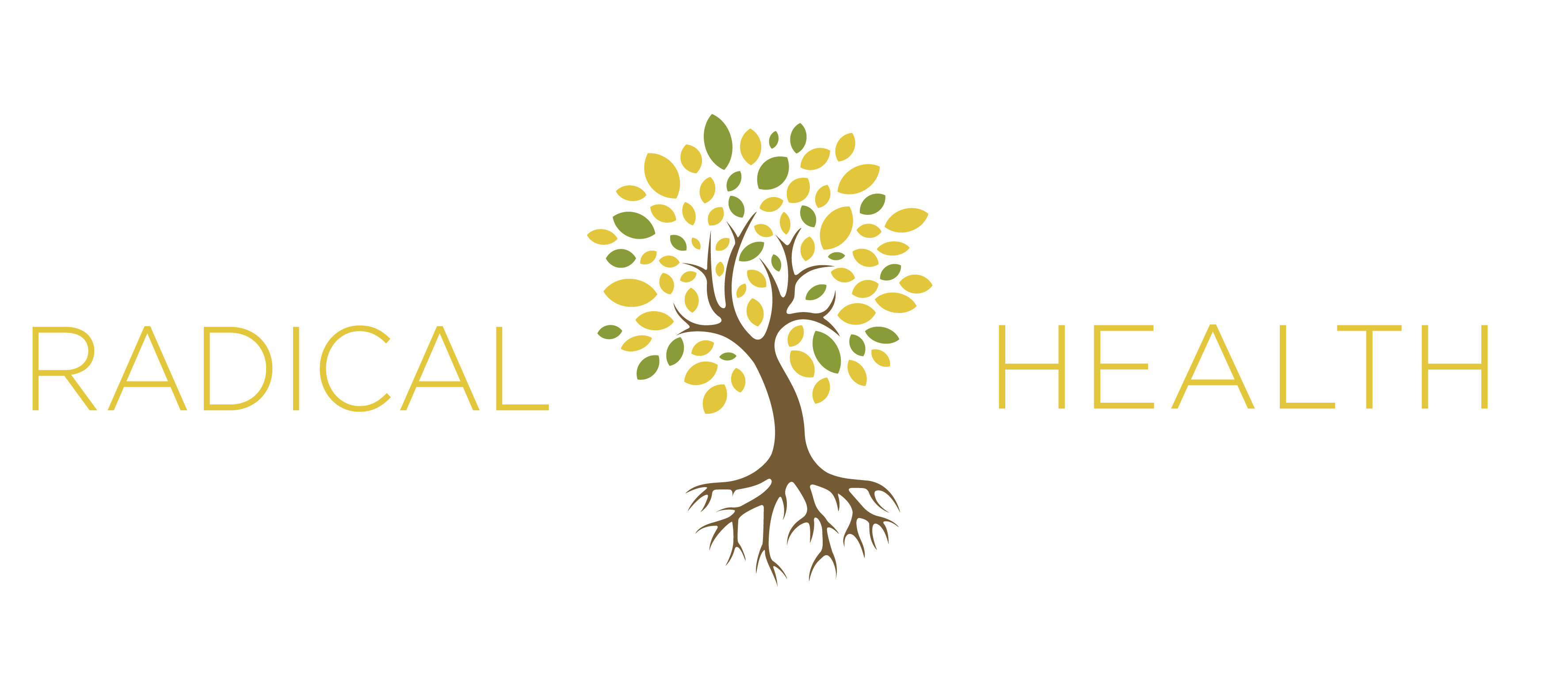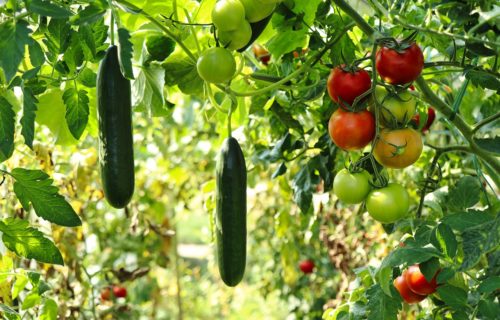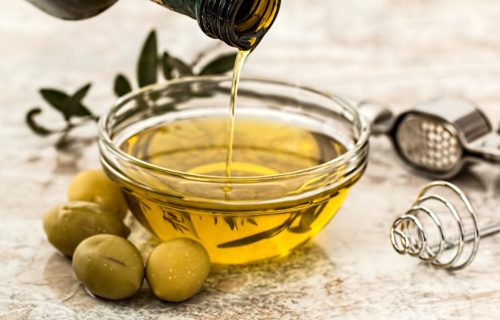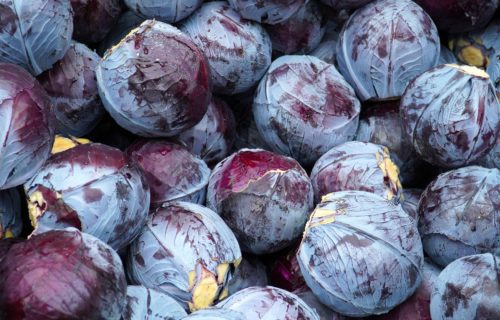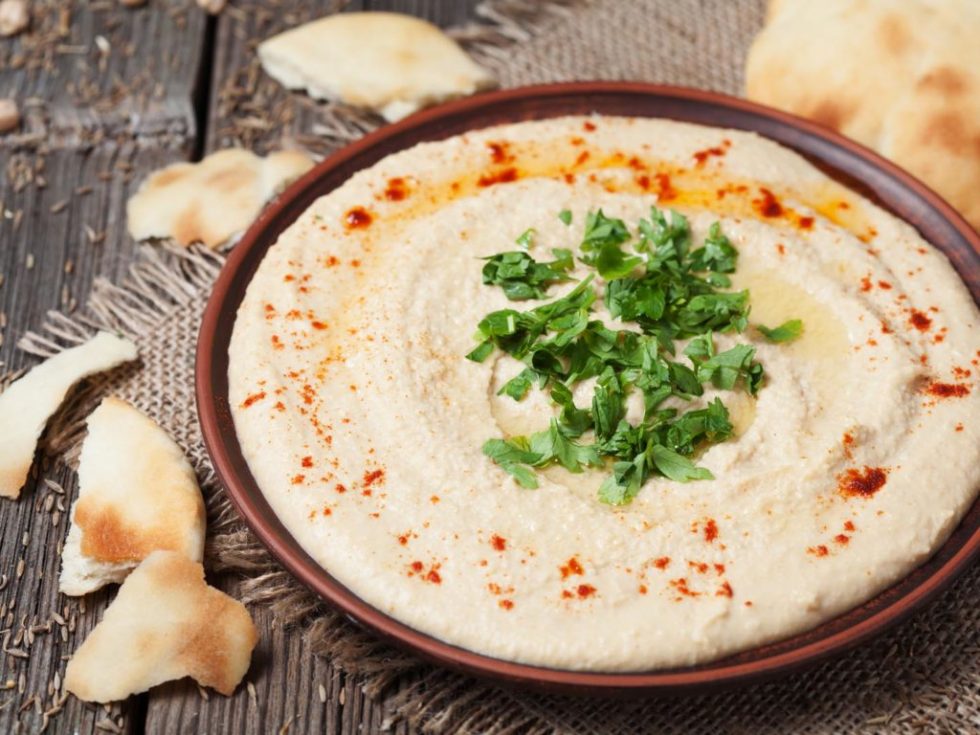
What! Now Hummus is Bad for You?!!
 I hate to be the bearer of bad news, especially when it comes to beloved hummus. After all, this nutritious dip is made from healthy ingredients like chickpeas, tahini, olive oil, lemon, and garlic.
I hate to be the bearer of bad news, especially when it comes to beloved hummus. After all, this nutritious dip is made from healthy ingredients like chickpeas, tahini, olive oil, lemon, and garlic.
Many know that not all hummus is created equal – some are made with cheap canola oil and high fructose corn syrup. But sadly even the most savviest of healthy eaters may be harming themselves with this so-called health food.
In a study commissioned by advocacy group Environmental Defence Canada and independently conducted by California-based Anresco Laboratories, 18 common food items were tested for glyphosate. Guess which foods had the highest amounts?
There is Glyphosate in your Chickpeas
It is terrible to learn that the nutritious chickpea is a leading source of the herbicide glyphosate.
Why so much? Chickpeas are typically sprayed with a couple of weeks before they’re harvested to help with drying. Since glyphosate is highly water-soluble, it accumulates easily in the maturing beans. Unfortunately, glyphosate does not wash, dry, or cook off.
Exactly how much glyphosate did the Environmental Defence Canada report find in chickpea products (in ppb):
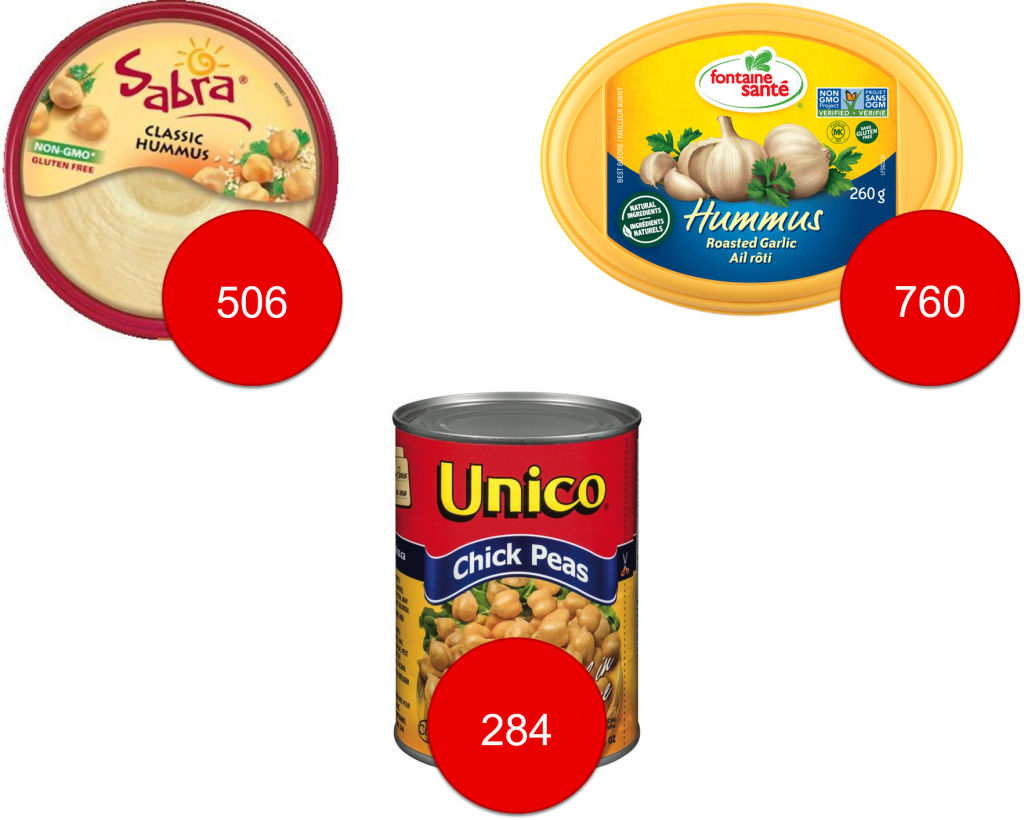
Sabra Classic Hummus = 506 ppb
Fontaine Santé Roasted Garlic Hummus = 760 ppb
Unico Chickpeas = 284 ppb
For comparison, Quaker Large Flake Oats has 135 ppb while a Tim Hortons Sesame Seed Bagel has 233 ppb.
Glyphosate - A Potential Carcinogen
Glyphosate is one of the most widely used herbicides in the United States. It is an ingredient in Monsanto’s (now Bayer) popular chemical weed killer Roundup.
Despite backlash from U.S. politicians, The World Health Organization’s (WHO) cancer agency continues to defend its finding that the herbicide is “probably carcinogenic.” Recently a man was awarded $289m in damages from Monsanto after he claimed the herbicide caused his cancer. The ruling said the potential risks of the product were known by the scientific community and Monsanto failed to “adequately warn” of the danger.
The level of exposure that may cause harm is hotly contested. However, some research is showing that even small amounts can disrupt hormones and affect the microbiome in animals. One study showed that even low glyphosate possessed estrogenic activity and could possibly induce human breast cancer cell growth.
Since glyphosate is in so many foods, we are consuming it steadily. Even if the risk is small, it can’t be ignored.
Glyphosate in Canada
In 2017, Health Canada decided to continue to allow for the use of glyphosate for another 15 years! Why such a long time? Why not set a shorter time to consider the evidence and evaluate the risks?!?
In 2015-2016, the Canadian Food Inspection Agency (CFIA) tested food products for glyphosate. The results were concerning to say the least:

Other countries such as France, Germany, and Austria, are all working to severely restrict or fully ban glyphosate in the next three to five years.
What can we do?
- Purchase organic hummus or chickpeas to make your own! There are some claims that even organic chickpeas have some glyphosate, but that has yet to be thoroughly tested.
- Ask your favorite hummus brands to stop using garbanzo beans sprayed with glyphosate.
- Eat fermented foods. An African study showed that acetobacter degrades glyphosate, breaking it down into nontoxic components. Acetobacter is found in fermented foods such as apple cider vinegar, sauerkraut and kombucha.
- Ferment your hummus! I haven’t been able to find a report showing what bacteria are found in fermented hummus (acetobacter may be one of them!), but we know they are in there. The beneficial bacteria in fermented foods has been shown to reduce pesticide toxin absorption in the body.
